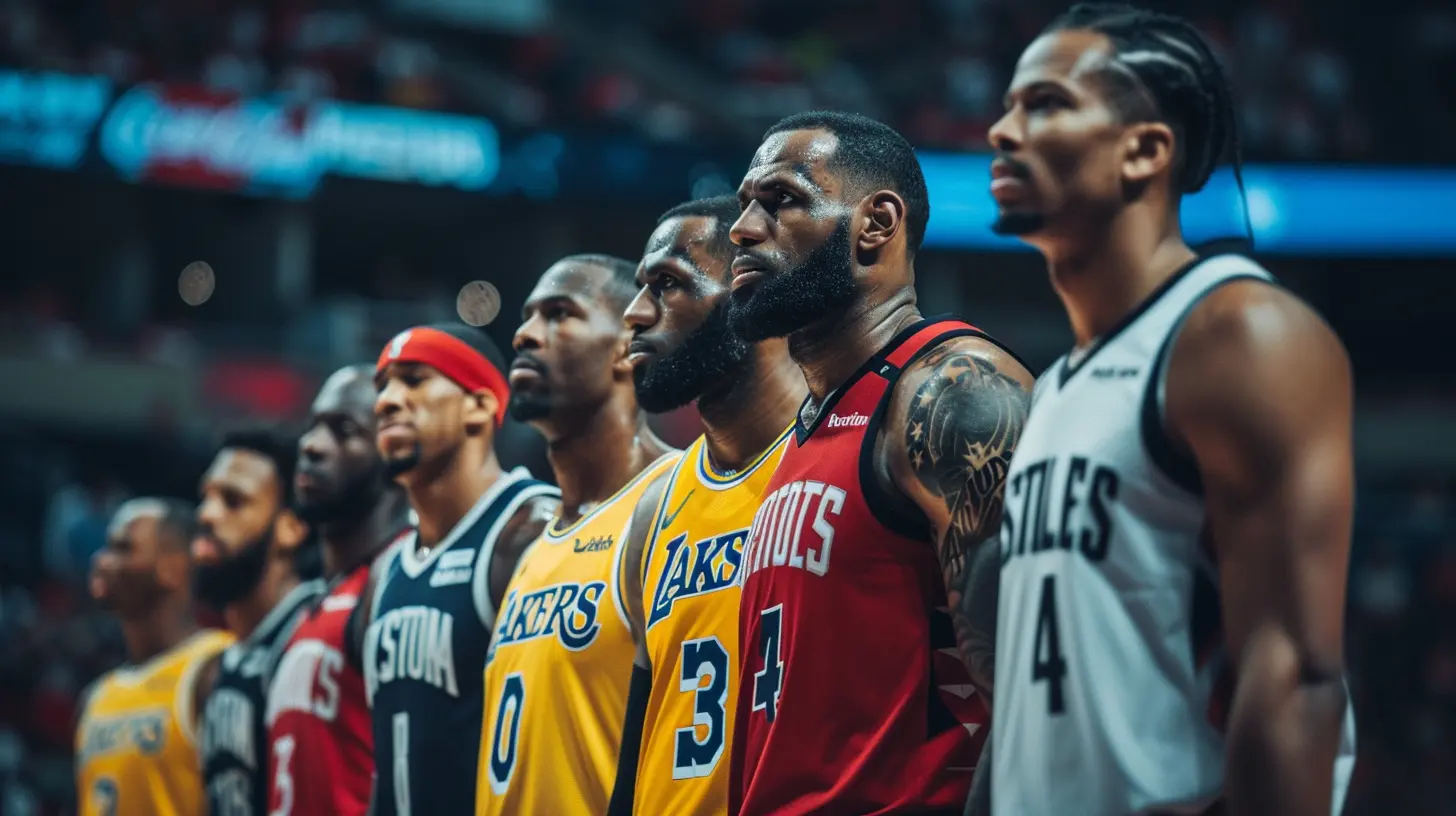24 April 2025
Introduction
In an era where superstar athletes command jaw-dropping salaries, something unexpected is happening—team-friendly contracts are becoming the secret weapon for building championship teams. But why would elite players willingly take less money, and how does this trend impact the competitive balance in sports?
Let’s dive into the fascinating shift towards team-friendly deals and how they’re redefining the business of sports.

What Exactly Is a Team-Friendly Contract?
A team-friendly contract is exactly what it sounds like—a deal that benefits the team as much as, if not more than, the player. These contracts usually involve a star athlete taking a lower salary than they could command in free agency or structuring their deal to allow flexibility in building a strong roster.The idea behind these contracts is simple: Winning is the ultimate goal. If a player sacrifices a bigger paycheck, their team has more financial wiggle room to sign other key pieces. It’s like a superstar chef choosing quality ingredients over an expensive silver spoon—it’s not about luxury, it’s about results.

Why Are Players Taking Less Money?
1. Chasing Championships Over Paychecks
For many athletes, money isn’t the ultimate motivator—winning is. Once a player lands a massive contract, securing their financial future, their priorities often shift to legacy.Take Tom Brady, for example. Throughout his career, he consistently took below-market deals, allowing his teams to build stronger rosters. The result? Seven Super Bowl rings and a career that will be talked about for generations.
2. The Power of Endorsements
Star players don’t just make money from their team contracts. Many are raking in millions from endorsement deals, commercials, and even social media partnerships.LeBron James, for instance, has built a business empire beyond basketball. His earnings from Nike, movie productions, and various investments far outweigh his NBA contracts. For athletes like him, taking a slight pay cut in salary is a small price to pay for a better supporting cast.
3. Building a Dynasty Over a Payday
Nobody wants to be the highest-paid player on a mediocre team. When players agree to reasonable contracts, front offices can afford to assemble championship-contending squads.Look at the Golden State Warriors’ dynasty. Steph Curry took a more manageable deal early in his career, which allowed the team to sign key players like Kevin Durant. That decision helped build one of the most dominant teams in NBA history.

The Impact of Team-Friendly Deals on Sports
1. More Balanced Teams = More Competitive Leagues
When superstars demand every penny possible, teams often struggle to surround them with talent, leading to top-heavy rosters with little depth. By accepting team-friendly deals, players create a more balanced league where more teams have a shot at contending.Would Giannis Antetokounmpo have won the 2021 championship without a well-rounded Milwaukee Bucks roster? Probably not. That’s why having cap space for solid role players makes all the difference.
2. Fans Appreciate Selfless Superstars
Fans respect players who prioritize winning over money. It shows loyalty and commitment to the franchise.Take Dirk Nowitzki, for example. He took less money in the later years of his career to help the Dallas Mavericks stay competitive. The result? He became one of the most beloved figures in NBA history, securing his legacy not just as a champion, but as a true team player.
3. Front Offices Have More Financial Flexibility
General managers love players who are willing to compromise on their salaries. It allows teams to make moves at the trade deadline, sign impactful free agents, and avoid salary cap nightmares.Look at Patrick Mahomes in the NFL. His record-breaking contract with the Kansas City Chiefs was structured in a way that allowed the team to stay competitive long-term rather than putting them in financial handcuffs.

The Potential Downsides of Team-Friendly Deals
While these contracts sound like a win-win for players and teams, there are some potential drawbacks.1. Players Risk Leaving Money on the Table
Not every player is a global superstar with huge endorsement deals. For mid-tier and aging athletes, taking a discount could mean missing out on their biggest payday.2. Owners & Teams Benefit the Most
Let’s be real—sports franchises are billion-dollar businesses. When players take less money, the biggest winners are often the team owners, who get to keep their profits while staying under salary cap limitations.3. Injuries Can Change Everything
Athletes have short careers, and one injury can change everything. If a player agrees to a discount and then suffers a career-altering injury, they may regret not securing every dollar possible when they had the chance.Will Team-Friendly Contracts Become the Norm?
While not every player will jump on board, the trend of team-friendly contracts isn’t going anywhere. The modern superstar understands that championships—not just paychecks—define legacies.Look for more players to negotiate intelligent deals, whether by structuring contracts creatively or deferring payments to give their team financial flexibility. The goal? Hoisting trophies, not just stacking bank accounts.
Final Thoughts
Team-friendly contracts represent a fascinating shift in modern sports, where winning is prioritized over pure financial gain. As players become more business-savvy—understanding the power of endorsements, legacy, and team-building—expect to see more of these deals in the future.At the end of the day, fans want one thing: championships. And in a salary-cap world, sometimes the best way to win is to take a little less to build something bigger.




Skyler McManus
In a realm where stars align, Team-friendly deals let dreams entwine. Balance found in unity's art, Players and clubs, a beating heart. Together they rise, a future to chart.
April 26, 2025 at 12:42 PM